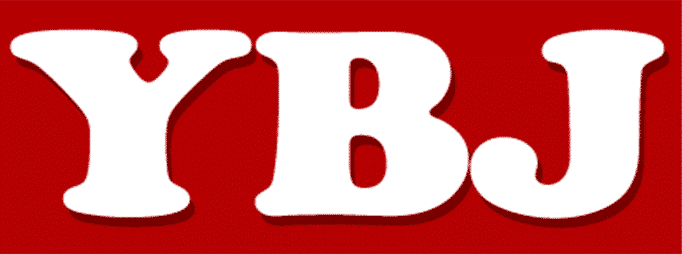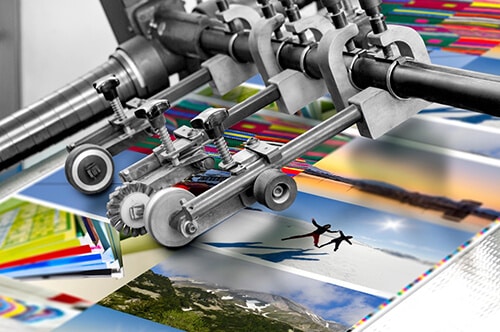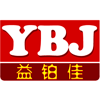Hardcover bookbinding is a popular method of binding books that involves attaching a hard cover to the spine and pages of a book. While there are advantages to using this type of binding, there are also some drawbacks to consider. In this article, we will explore the pros and cons of hardcover bookbinding.
Pros:
Durability: Hardcover books are generally more durable than softcover books. The hard cover provides additional protection against wear and tear, making the book last longer.
Professional Appearance: Hardcover books have a more professional appearance, making them ideal for textbooks, coffee table books, and other books that need to make a strong visual impact.
Value: Hardcover books are often perceived as having a higher value than softcover books, which can make them more desirable to readers and collectors.
Enhanced Reading Experience: Hardcover books are typically easier to read than softcover books because they are more rigid and stay open better, allowing readers to focus on the content without having to constantly adjust the book.
Cons:
Cost: Hardcover bookbinding is generally more expensive than softcover binding, which can be a deterrent for authors and publishers with limited budgets.
Heavy Weight: Hardcover books are typically heavier than softcover books, which can make them less portable and more difficult to carry around.
Limited Flexibility: Hardcover books are less flexible than softcover books, which can make them more difficult to open and read in certain situations, such as when lying in bed or on a crowded train.
Environmental Concerns: Hardcover books require more resources to produce than softcover books, and the production process can result in more waste and emissions, making them less environmentally friendly.
In conclusion, hardcover bookbinding has both pros and cons. While it offers durability, a professional appearance, value, and an enhanced reading experience, it also comes with a higher cost, heavier weight, limited flexibility, and environmental concerns. Authors and publishers should carefully consider these factors when deciding which binding method to use for their books. Ultimately, the decision will depend on the specific needs and goals of the project, as well as the resources available.




